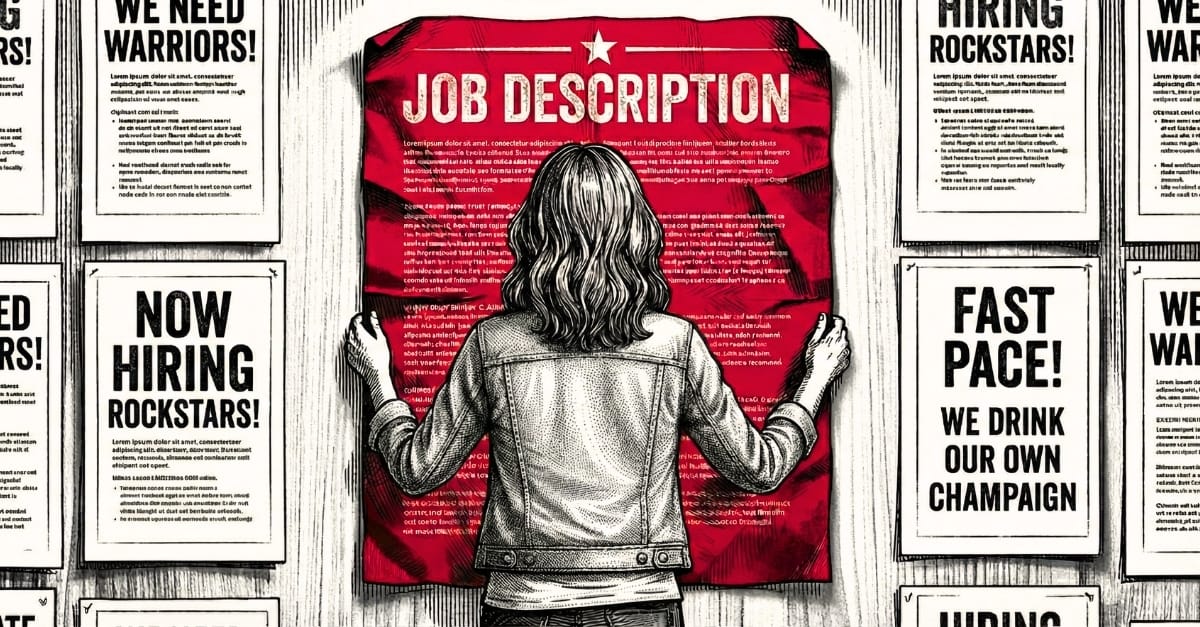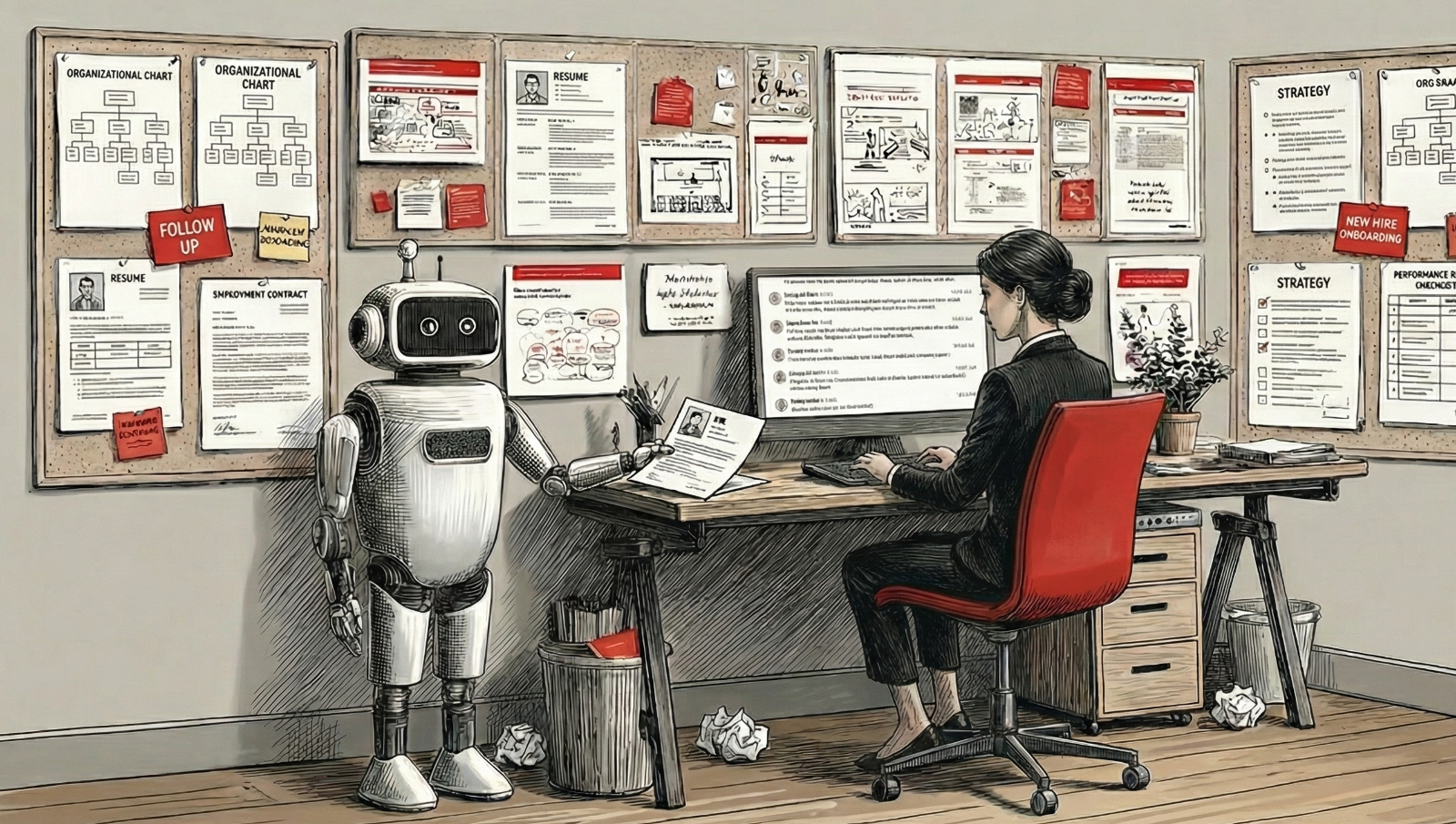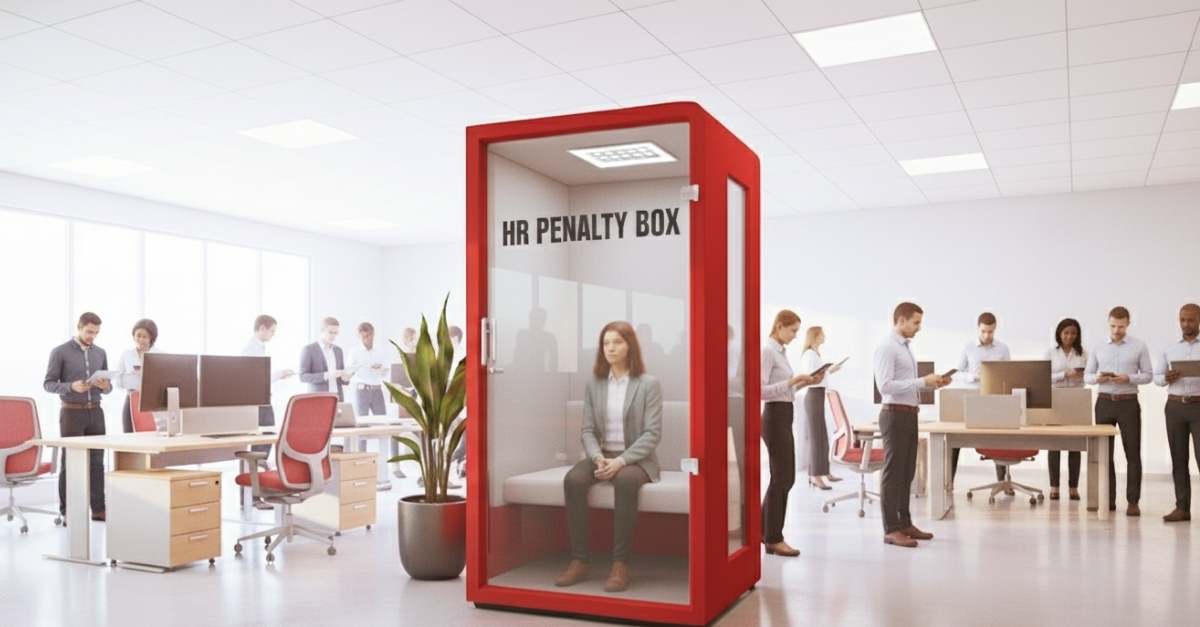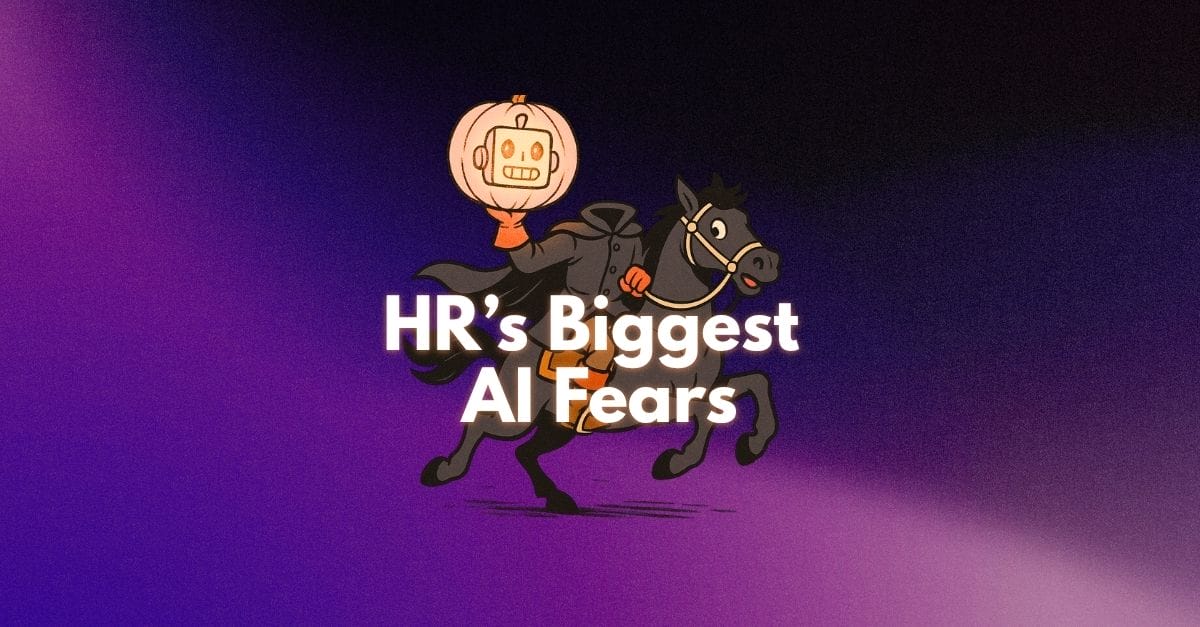When you’re looking to fill an open role, internal recruitment means turning to your existing team first. Rather than posting that job opening to the outside world, you’re tapping into the talent you already have on board—the people who know your company inside and out, understand how things work, and have skills that could translate perfectly to a new position.
In this post, we break down internal recruitment, including best practices, advantages and disadvantages, policy and process design, and how to track outcomes.
What is internal recruitment?
Internal recruitment is all about recognizing that your current employees are often your best candidates. They’ve already proven themselves in your environment, they get your culture, and they’re familiar with your processes and expectations. Plus, they’re invested in your success because they’re already part of the team.
Think of it as shopping your own closet before heading to the store—you might already have exactly what you need, and it’s probably a better fit than you think.
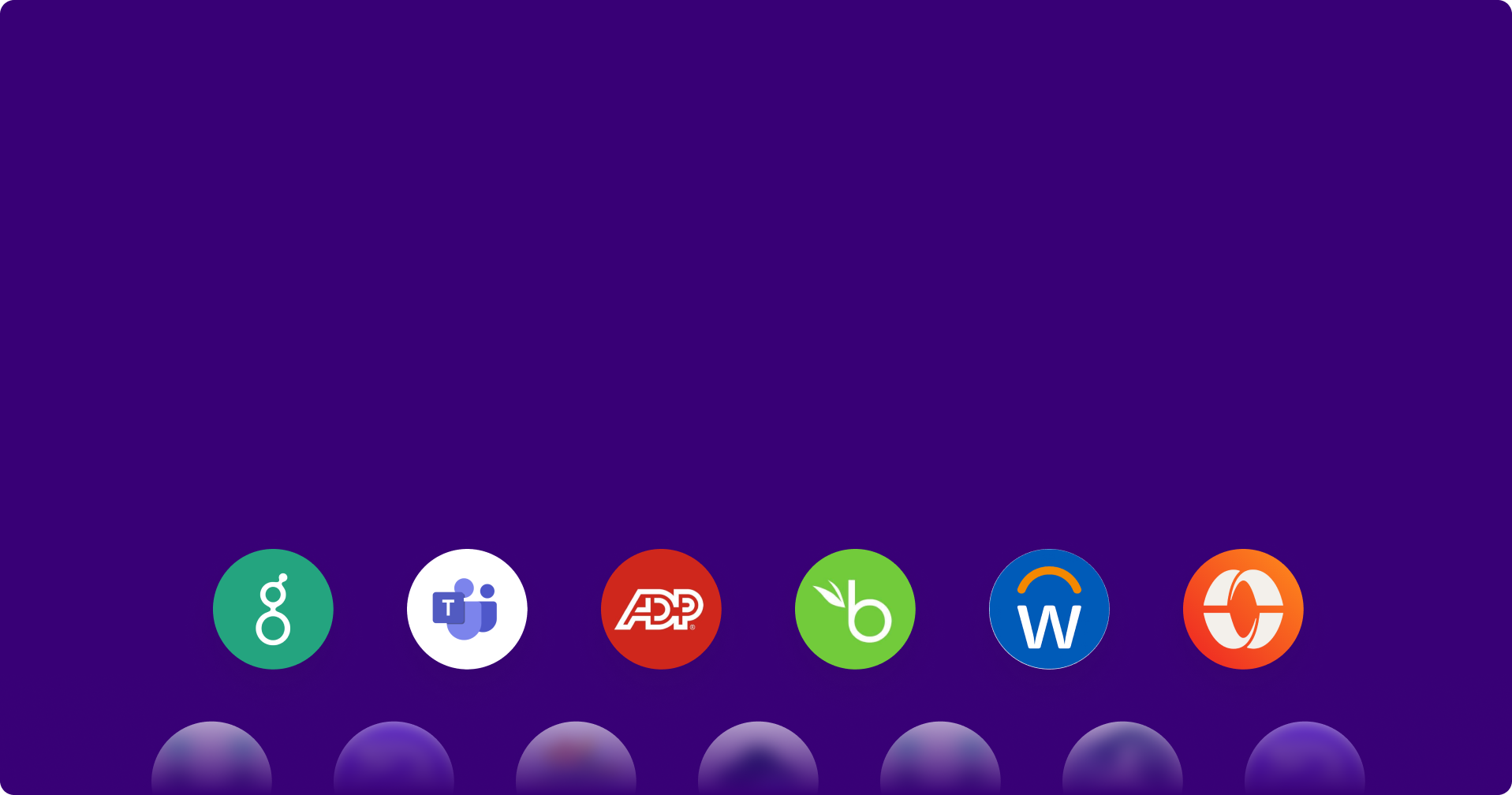
Integrate PI with your existing workflow
With 97+ integrations, you can keep everything in sync to align your talent strategy with business goals.
How to recruit internally
Let’s start with the type of internal recruitment that’s most familiar – if not obvious – to most people.
Promotions
Successfully promoting internally gives your top performers room to grow by stepping up to roles with bigger responsibilities and decision-making power. It’s recognizing someone’s readiness for the next level and giving them the chance to prove it.
You can proactively identify growth opportunities for existing employees with talent mapping, talent reviews, personal development meetings, and by leveraging workplace behavioral assessments.
This kind of internal growth mindset is essential. Always remember that it’s better to develop employees internally than to lose them to another organization.
Transfers
Transfers are about finding the right fit within your existing talent pool. Maybe someone in marketing has the ideal skill set for your sales team, or a team member is interested in exploring a different department. They can work at the same level with new opportunities.
Internal job postings
These put opportunities directly in front of your people first. Before you announce an opening to the world, you’re giving your current team the inside track.
Think of it like nepotism but without the negativity—your employees’ intimate knowledge of the company actually makes them more qualified and deserving than a candidate off the street.
Succession planning
This is your insurance policy for the future. You’re identifying the people who could step into key roles down the road and making sure they’re ready when the time comes, especially for leadership positions that can make or break your organization.
If your VP of Sales retires next year but nobody’s in line, ready to take over, that’s a major gap. Get ahead of these internal gaps with an HR gap analysis, which is all about figuring out the talent you have compared with the talent you need to achieve your business goals.
Internal referrals
Leverage your employees’ knowledge of their colleagues. They know who’s talented, who’s ready for something new, and who might be perfect for a role in another department.
Cross-training and skills development
Cross-training is about investing in your team’s growth. You’re building new capabilities in your existing workforce, creating internal candidates for roles that might otherwise require external hires.
When you invest in your people’s growth, you’re not just building skills—you’re driving better business results, happier customers, and a workplace where people want to stay. You get the best of both worlds, as you’re doing right by your team, which directly pays off for your bottom line.
Contractor-to-full-time transition
This step recognizes when someone who started as a contractor or temp employee has become integral to your team. It’s about making that relationship official and keeping good people in the fold.

Advantages of hiring internally
- It’s more cost-effective because hiring means you’re not shelling out for job board fees, recruiter commissions, or extensive background screenings.
- You can onboard faster when you already know your candidates. There’s no need for lengthy interviews to figure out if they’re a culture fit—they’re already part of the team, so you can move fast.
- Morale gets a major boost when people see real advancement opportunities. Nothing says “we value you” like promoting from within, which keeps your best people engaged and sticking around.
- Less guesswork because you’ve already seen these people in action. You know their work style, reference profile, strengths, and how they handle challenges. You don’t have to roll the dice on unknowns.
- Institutional knowledge stays put since your internal hires already understand your processes, your history, and how things really get done. No steep learning curves or lost team knowledge.
- Culture stays strong when you’re promoting people who already embody your values and understand what makes your organization tick.
Disadvantages of hiring internally
- Your talent pool shrinks to whoever’s already on payroll, which might not include the specialized skills or fresh thinking you need for certain roles. This is where an HR skills gap analysis can help.
- Innovation and diversity can stagnate if you’re constantly recycling the same perspectives. Sometimes you need outside eyes to spot opportunities or solutions your team might miss.
- Perceived favoritism can sting when good people apply but don’t get the promotion. If this kind of internal mobility is handled poorly, you risk deflating the very people you’re trying to motivate.
- The domino effect means every internal hire creates another opening somewhere else in your organization—you could just be moving the recruitment challenge around.
- Office politics can rear its ugly head if the process is unclear and unfair. Nothing kills trust faster than the perception that promotions are about who you know, not what you know.
- “Voluntold” pressure may occur when an employee feels pushed to take on a role with more responsibility that they may not be interested in or ready for simply because it’s easier and/or cheaper for the company to promote internally.
Internal recruitment best practices
Building SOPs and clear policies
Getting your internal recruitment right starts with crystal-clear policies that leave no room for confusion. You need to define precisely who can apply for internal roles—whether that’s based on tenure, performance ratings, or departmental restrictions.
Ensure that everyone understands the distinction between promotions and lateral transfers, and establish a straightforward application process that employees can easily navigate. Don’t forget to clearly outline who is responsible for each step throughout the hiring process, from HR to hiring managers to the employee’s current supervisor.
Establish a solid handover plan so that when someone moves internally, their old team isn’t left scrambling.
Strategic talent mapping and workforce planning
Smart organizations anticipate openings instead of just reacting to them. This means identifying the critical roles you’ll need to fill down the road and spotting potential skill gaps before they become problems.
Maintain a comprehensive database of your team members’ skills, experience, and career goals through regular performance reviews and talent management systems. The real magic happens when you actively develop high-potential employees for key roles, creating clear pathways that show people exactly where they can go within your organization.
Use internal job boards and communications
Your internal job board needs to be a user-friendly, centralized hub that every employee can easily access.
But don’t stop there. Blast those opportunities through company-wide emails, internal newsletters, team meetings, and anywhere else your people are paying attention. The goal is to ensure that no one can claim they were unaware of an opportunity.
Apply fair, transparent assessment standards and decision-making
Just because someone already works for you doesn’t mean they get a free pass. Use the same objective criteria, structured interviews, and skills assessments you’d use for external candidates.
Include diverse interview panels and 360-degree feedback to minimize bias. While leveraging performance review data and past project successes can be beneficial, ensure you use this information objectively and consistently across all candidates.
Keep your internal candidates in the loop throughout the process with clear timelines and regular updates. When you make your decision, be ready to explain why the selected candidate was the best fit based on objective criteria. You don’t need to reveal sensitive information about other candidates, but you should be able to articulate your reasoning clearly and fairly.
Offer coaching/feedback to non-selected candidates
This is where many organizations can fall short. When you don’t select an internal candidate, you must handle the situation with care and respect.
Provide timely, specific feedback on areas for development, focusing on skills and experience gaps rather than personal shortcomings. More importantly, offer concrete guidance on how they can develop the necessary skills for future opportunities through training, projects, or mentorship.
Remember, these are people you want to keep. They’re still valuable assets to your company, and how you handle this moment can determine whether they stay motivated or start looking elsewhere.

Policy and process design
Who owns the decisions?
- The CHRO or VP of HR owns the policy. They’re accountable for strategic alignment with internal mobility culture and talent pipeline development, overall policy approval, and budget allocation for talent systems.
- The HR Operations manager or Head of Talent Acquisition designs the day-to-day mechanics, including workflow design, technology setup, and stakeholder training programs.
- Managers, the legal team, and HRIS contribute expertise on practical implementation, validate operational feasibility, and maintain compliance standards.
Timeline for design
- Assessment phase (2-4 weeks): Diagnose existing mobility barriers, survey stakeholders on career development needs, and analyze current internal placement data.
- Creation phase (4-8 weeks): Build application workflows, establish evaluation frameworks, and develop policy documentation.
- Validation phase (2-4 weeks): Test process flow with key users, secure legal clearance, and refine based on stakeholder input.
- Authorization phase (1-2 weeks): Obtain executive approval and final sign-off.
- Preparation phase (2-4 weeks): Build communication strategy, design training curriculum, and integrate technology platforms.
- Deployment phase (Ongoing): Launch mobility program across the organization.
- Optimization phase (Ongoing): Monitor performance indicators, gather user feedback, and refine processes to enhance overall effectiveness.
Evaluation criteria
- Performance metrics: Percentage of positions filled from within, speed of internal placements, satisfaction scores from internal candidates, and success rates in new roles.
- Experience indicators: Manager confidence in candidate quality, process efficiency ratings, and equitable access to opportunities across different groups.
- Operational impact: Rate of secondary openings created by internal moves and overall effect on recruitment workload.
Tools to help design the process
- Core HR technology platforms (ATS/HRIS): Serve as the foundation for internal opportunity posting, candidate application management, and talent database maintenance while enabling dedicated internal-facing workflows.
- Integrated talent ecosystems: Connect internal movement with succession planning, performance tracking, and skill development initiatives to find qualified candidates and align with growth trajectories.
- Behavioral assessment platforms: Provide objective evaluation frameworks for role compatibility and offer data-driven insights for candidate development conversations.
- Experience monitoring solutions: Capture stakeholder feedback on mobility program effectiveness and identify optimization opportunities through employee and manager input.
Customer story
Take O’Reilly Hospitality Management, LLC (OHM), a hospitality firm specializing in designing, developing, and staffing hotels, restaurants, and commercial properties throughout the country. Founded in 2007, the company employs 1,600 people across 10 states and 36 properties.
Since hospitality has an astronomical turnover rate, the company turned to The Predictive Index to both attract and retain top talent.
They began using behavioral assessments for candidates and paired the findings with Job Targets developed through insights from current team members via the Job Assessment™ tool. The impact on retention was nearly instantaneous and significant.
They also leveraged PI to strategically position their existing talent in roles that aligned with their natural behavioral strengths.
According to Team Member Experience Manager, Kirk Baumann, “It’s a great way to unleash our team members’ strengths and help motivate and coach them to growth and advancement within the company. We’ve found people who weren’t a natural fit for certain positions and suggested a different role. We connected them to a different position within the company, and now they’re thriving in that role.”
In just one year using PI, OHM has:
- Increased its team member base by one-third, from 1,200 to 1,600.
- Reduced overall company turnover by 20%.
- Reduced turnover at certain properties by 50-70%.
Measuring success and tracking outcomes
So, what are some KPIs for hiring internally?
Internal fill rate
This measures what percentage of your open positions get filled by people already on your team versus bringing in outside talent.
This metric indicates how effectively you’re utilizing the talent you already have. Higher rates indicate that you’ve got strong internal mobility programs that keep people growing within your organization.
How to calculate: (number of internal hires / total hires) x 100%.
Time-to-fill (internal vs. external)
This tracks the days from job requisition approval to offer acceptance for internal candidates, then compares that to your external hiring timeline. Internal hires should be faster since you’re skipping the sourcing and extensive vetting phases.
This metric quantifies exactly how much efficiency you’re gaining by hiring from within.
How to calculate: (offer acceptance date – job requisition approval date) for internal hires.
Cost-per-hire (internal vs. external)
This breaks down your total internal recruitment costs—job board maintenance, assessment tools, HR time—divided by the number of internal hires you made.
Compare this to what you spend on external hires. Internal recruitment is typically more cost-effective, and this metric shows you exactly how much money you’re saving by developing and promoting your existing people.
How to calculate: (total internal recruitment costs/number of internal hires).
Now, what outcomes should an HR leader be monitoring?
Diversity in progression paths
This ensures internal promotions and transfers maintain or improve diversity across all levels, not just entry-level positions. Monitor demographic data of employees moving into mid-level, senior, and leadership roles through internal channels to identify any disparities.
Skills gap closure rate
This tracks how well your internal mobility programs address critical skill shortages by comparing skills inventories against future needs and monitoring the success of cross-training.
Employee engagement and retention
This measures the direct link between internal mobility opportunities and people wanting to stay, using eNPS scores, voluntary turnover rates, and career development survey results.
Cost savings from reduced external hiring
This quantifies the financial benefit of hiring from within by comparing recruitment budgets, agency spend, and job board costs against previous periods or industry benchmarks.
Internal recruitment FAQ
What’s the difference between promotion and transfer?
A promotion often provides someone with greater authority, increased responsibility and accountability, a higher salary, and a perceived forward momentum in their career path.
A transfer involves relocating an employee to a new role, team, or geographic location while maintaining equivalent organizational status and comparable job responsibilities. Pay grades and decision-making authority typically remain unchanged.
How do we prevent internal hiring from seeming like favoritism?
By maintaining transparency, objectivity, and consistency in your processes, job postings, and policies, and by providing constructive feedback to non-selected candidates, you can prevent the appearance of favoritism.
Can internal recruitment reduce time-to-fill and cost?
Yes, absolutely. This represents one of the key advantages of a strong internal recruitment approach.
How do we communicate with internal applicants who were not selected?
Deliver prompt, targeted feedback that highlights skill and experience development areas rather than personal limitations. Most crucially, provide actionable roadmaps for building the capabilities they need through specific training programs, strategic projects, or mentorship opportunities.
How often should internal job postings be refreshed?
This depends on the activity around the posting.
- Run monthly or quarterly strategic assessments of all open positions.
- Internal job postings need weekly or bi-weekly updates to stay visible for active positions.
- If job details shift, make immediate changes.
- Keep postings live until you fill the role.
How The Predictive Index can help
The Predictive Index can optimize internal recruitment, ensuring you place your people in their ideal roles every time.
The Predictive Index transforms internal hiring from gut feelings and who-you-know decisions into a precision-based talent matching system. It goes beyond simply finding available people to identifying individuals who will genuinely thrive in new positions, resulting in stronger performance outcomes, enhanced team dynamics, and increased long-term retention.

